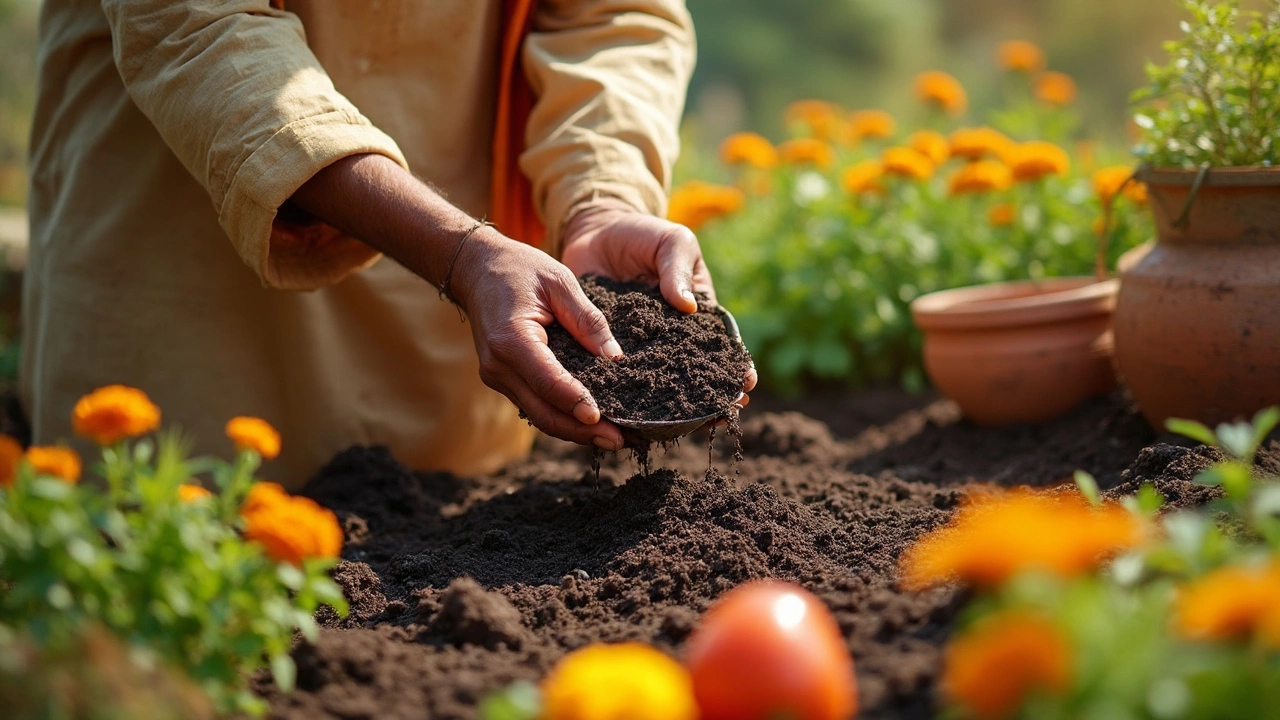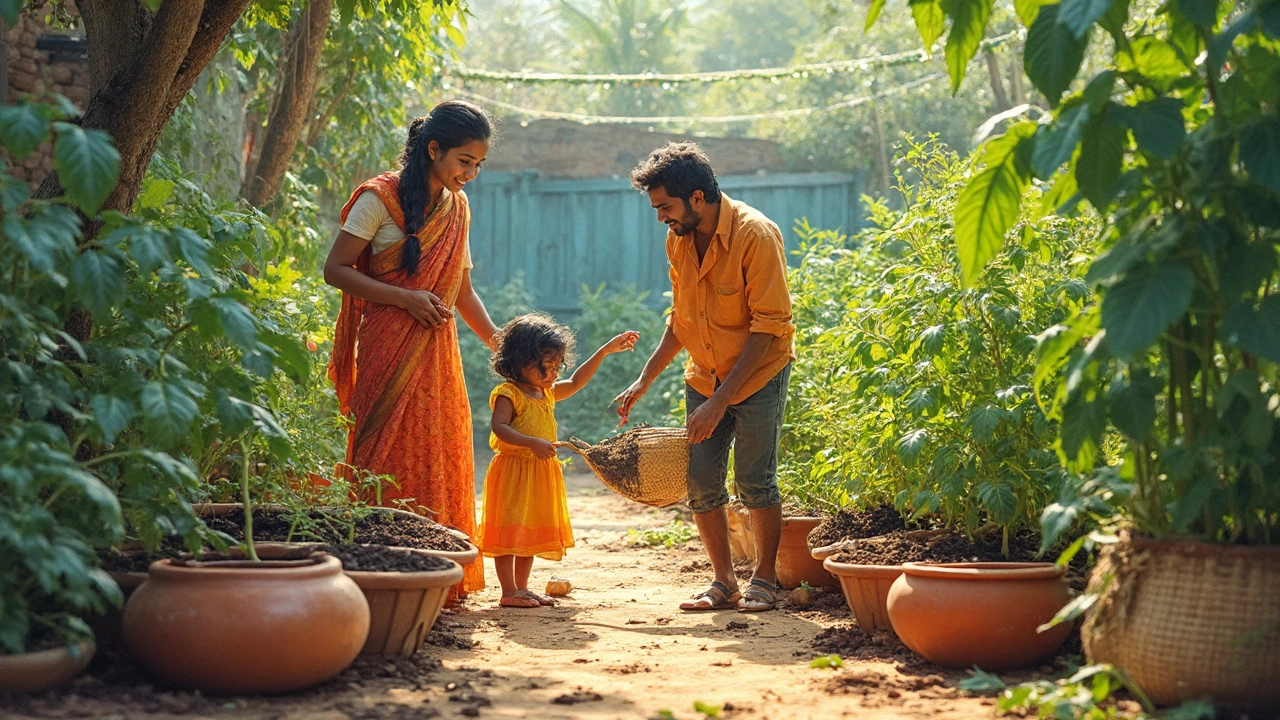Organic Matter: The Secret to Healthy Garden Soil
Ever wonder why some gardens look lush while others stay dull? The difference often comes down to organic matter. It’s the plant leftovers, microbes, and tiny particles that make soil rich, loose, and full of life. When you add more organic matter, your plants drink water better, get nutrients faster, and grow stronger.
Why Organic Matter Matters in Indian Gardens
India’s climate can be hot, rainy, or dry depending on where you live. That swings the soil’s pH, moisture, and structure. Organic matter acts like a buffer – it keeps soil from getting too compact in the monsoon and from drying out in summer. It also feeds the soil microbes that break down nutrients, turning them into food your plants can use.
When you’m growing tomatoes in Rajasthan or basil on a balcony in Kolkata, the right amount of organic matter can mean the difference between a limp plant and a bumper harvest. It improves water retention, reduces fertilizer need, and helps prevent pests by encouraging beneficial insects.
Simple Ways to Add Organic Matter
1. Compost Kitchen Scraps: Save vegetable peelings, fruit skins, coffee grounds, and eggshells. Mix them with dry leaves or newspaper, keep the pile moist, and turn it every few weeks. In 2–3 months you’ll have dark, crumbly compost ready to spread.
2. Use Green Manure Crops: Plant fast‑growing legumes like mung bean or mustard during the off‑season. When they’re about 12 inches tall, cut them down and work them into the soil. They add nitrogen and organic material at once.
3. Apply Mulch: Lay a layer of straw, dry leaves, or shredded coconut husk around your plants. Mulch protects the soil from extreme temperatures, suppresses weeds, and slowly breaks down into organic matter.
4. Buy or Make Worm Castings: If you can get vermicompost, sprinkle a thin layer around the root zone. Worms process organic waste into a super‑nutrient powder that boosts seedling growth.
5. Incorporate Farmyard Manure: Well‑rotted cow or buffalo dung is a traditional source of organic matter. Make sure it’s aged at least six months to avoid burning young roots.
Remember to balance: too much fresh material can tie up nitrogen as it decomposes. Always let it break down a bit before mixing it in, or add a little extra fertilizer to keep the plant’s nitrogen supply steady.
Now that you know the “what” and the “how,” start with one method that fits your lifestyle. Even a small compost bin on a balcony can deliver big benefits. Keep an eye on soil texture – it should feel crumbly, not hard. Over time, you’ll notice better water drainage, richer color, and more vigorous growth.
Organic matter isn’t a fancy add‑on; it’s the foundation of a thriving garden. Make it a habit, watch the changes, and enjoy a garden that feeds you and the soil alike.
Bulk Up Garden Soil: Real Ways to Make Your Dirt Work Harder
If your plants are struggling or your garden beds look tired, your soil is usually the culprit. This article shows real-life ways to add muscle to your garden soil so plants grow stronger and happier. Expect practical tips, science you can use, and a few secrets experienced gardeners swear by. No fluff, just clear answers for getting better soil. Time to start growing healthier, better crops.
Vegetable Garden Soil: What to Add for Healthy Growth
Starting a vegetable garden? Your soil is the real MVP, and it needs more than just dirt to thrive. This article breaks down exactly what to add to your soil, from compost to smart DIY fixes, so your veggies actually stand a chance. Skip the guesswork—get real tips for better harvests. You'll even learn how to spot if your soil is missing something important.
About
Soil Improvement
Latest Posts

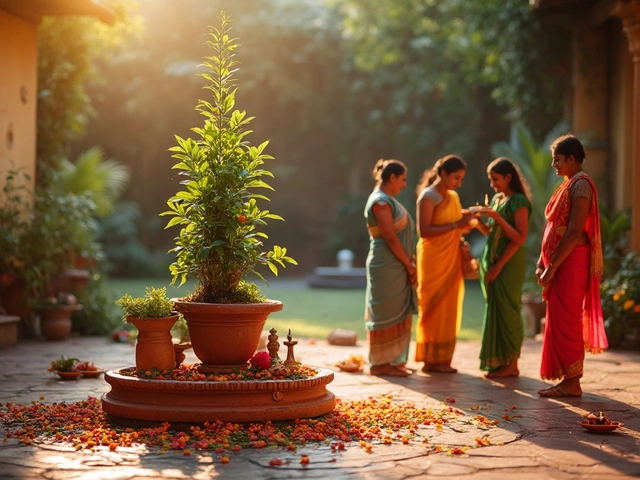
Sacred Plant in India: Why Tulsi Rules Flower Gardens
By Alden Thorne Jun 22, 2025
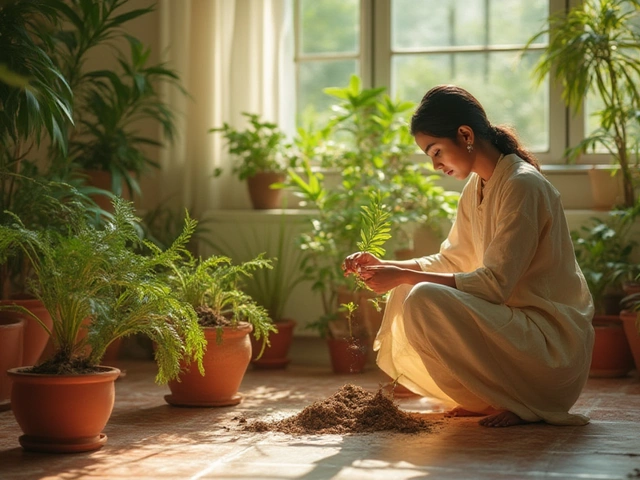
How to Tell If Your Houseplant Needs Water: Simple Signs & Expert Tips
By Alden Thorne Jul 23, 2025
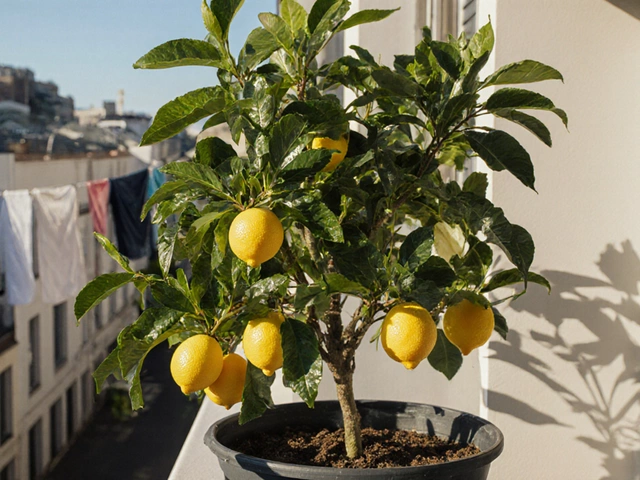
What Is the Easiest Fruit Tree to Keep Alive on a Balcony?
By Alden Thorne Nov 17, 2025

